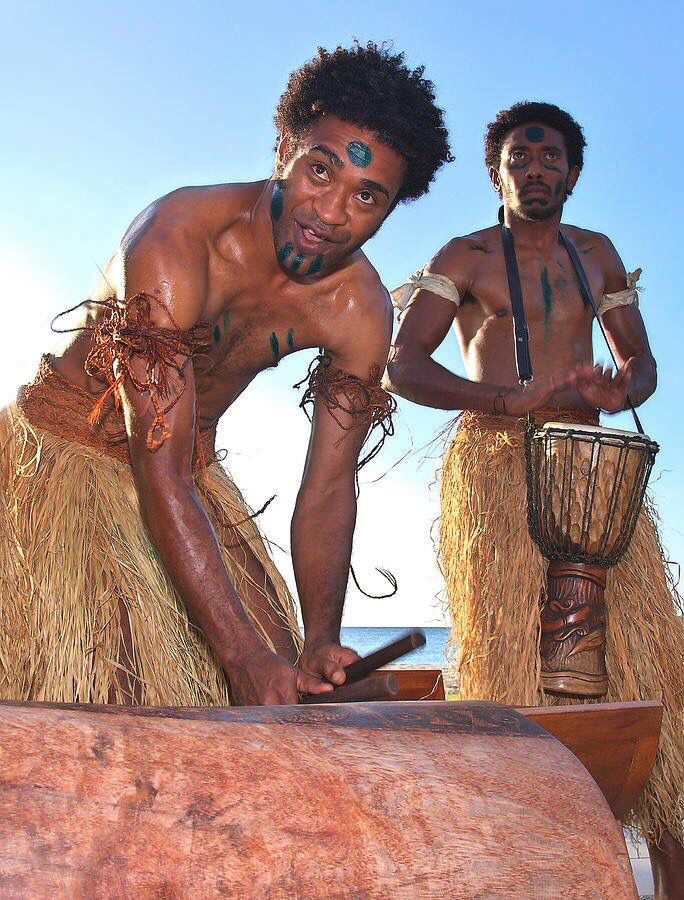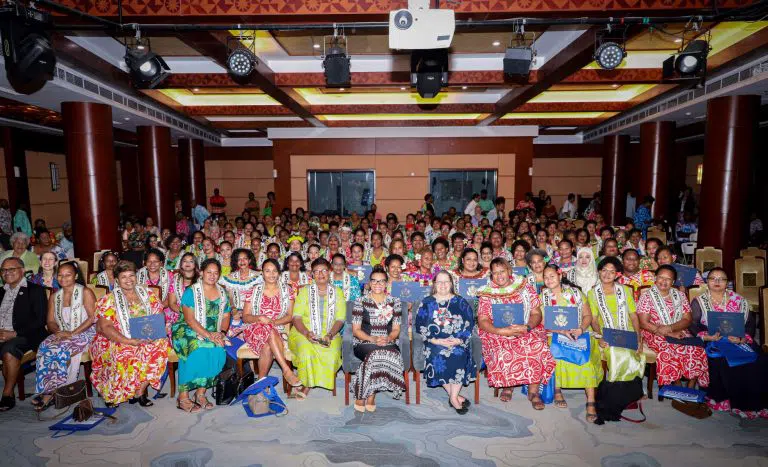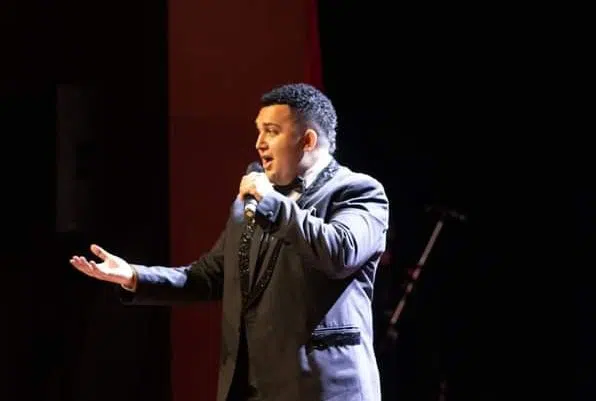Traditional Fijian music and instruments are an essential part of the culture and history of the Fijian people. Fiji, an island nation in the South Pacific, is home to a vibrant and diverse musical heritage that has been passed down through generations of indigenous Fijians. Fijian music reflects the country’s unique history and its diverse cultural influences, including Polynesian, Melanesian, Indian, and European traditions.Fijian music is a rich tapestry of song and dance, accompanied by a range of unique and beautiful musical instruments. The music is often performed in groups, with intricate harmonies and rhythms that are passed down from one generation to the next.

One of the most distinctive features of Fijian music is the use of the meke, a traditional form of Fijian poetry and dance that tells stories of the country’s history and legends. Meke performances are typically accompanied by a range of instruments, including the lali, the derua, and the vakatara.
The lali is a large wooden drum that is traditionally used to signal important events and gatherings in Fijian communities. It is made from a single piece of hardwood, hollowed out and carved to produce a deep, resonant sound. The lali is typically played by a single performer who uses a combination of hands and sticks to produce a range of different rhythms.
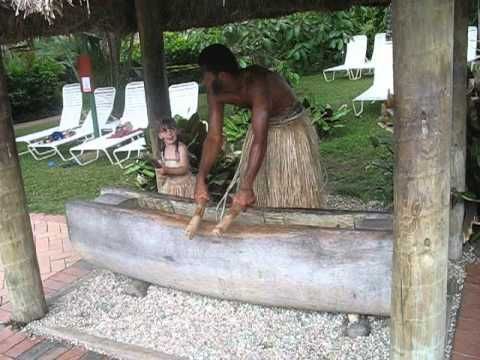
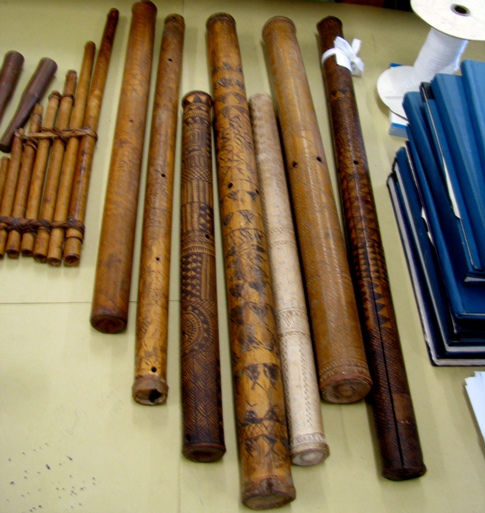
The derua is a percussion instrument made from a bamboo tube that is struck with a stick to produce a sharp, high-pitched sound. It is often used to provide a rhythmic accompaniment to meke performances.
The vakatara is a type of trumpet made from a hollowed-out coconut shell, with a bamboo mouthpiece. It produces a deep, sonorous sound that is often used to provide a melodic counterpoint to the percussion instruments.
Another important instrument in Fijian music is the ukulele, which was introduced to the country by European settlers in the late 19th century. The ukulele quickly became popular among Fijian musicians and is now an integral part of the country’s musical landscape.
Fijian music has also been influenced by Indian musical traditions, as a significant proportion of the country’s population is of Indian descent. Indian instruments such as the tabla, harmonium, and sitar are now commonly used in Fijian music, adding a unique and distinctive flavor to the country’s musical heritage.
In recent years, Fijian music has become increasingly popular both within the country and around the world. Fijian musicians such as Laisa Vulakoro, George ‘Fiji’ Veikoso, and Serenaders have achieved international success, showcasing the country’s unique musical traditions to audiences around the world.
In conclusion, traditional Fijian music and instruments are an important part of the country’s cultural heritage, reflecting the rich history and diverse cultural influences that have shaped the Fijian people. From the lali to the ukulele, these instruments and the music they produce are a testament to the creativity and talent of Fijian musicians and a symbol of the country’s rich and vibrant culture.

